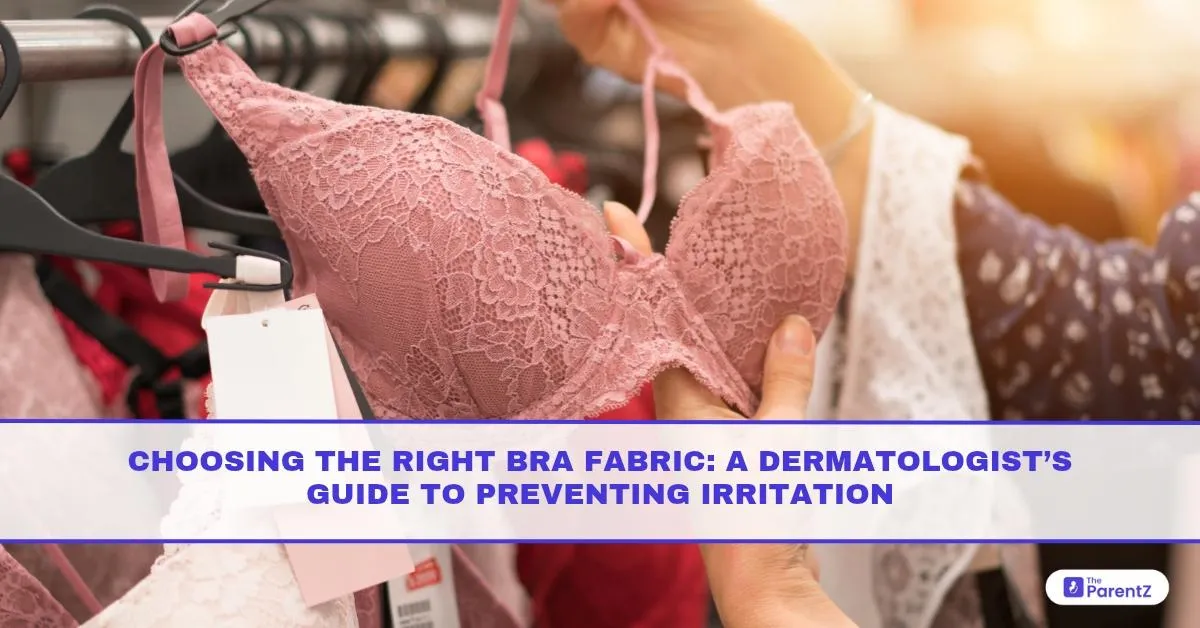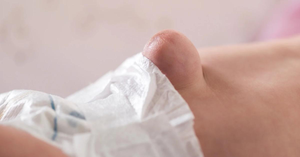Soft Support: A Dermatologist’s Guide to Choosing Bra Fabrics Without the Itch
Anika stood in front of the mirror, shifting from side to side. She had just bought a new lace-trimmed bra she’d seen in an online ad. It looked beautiful, almost like a delicate piece of art. But by lunchtime, the underside of her breasts felt raw, red, and unbearably itchy. By evening, she found herself in the dermatologist’s clinic, embarrassed but desperate for relief.
Dr. Rhea, a dermatologist with years of experience treating women’s skin issues, smiled gently. “You’d be surprised,” she said, “how many women come to me with bra-related irritation. You are not alone and you didn’t do anything wrong.”
This wasn’t just about fashion; it was about health. Dr. Rhea knew that many women, especially teens and those in humid climates like India, struggle with rashes, redness, or fungal infections worsened by poorly chosen bra fabrics.
The First Clues: How Fabrics Affect Your Skin
Dr. Rhea explained to Anika that the skin under the breasts is naturally warm, slightly moist, and prone to friction, a perfect environment for irritation if fabrics aren’t breathable. When a bra’s material traps sweat or rubs harshly, it can cause:
- Contact dermatitis, leading to redness, itching, and small blisters
- Heat rashes, common in summer months, with prickly discomfort
- Fungal infections, especially in folds of skin where sweat accumulates
- Chafing, tiny skin breaks that become painful or infected
Anika realized that the pretty lace wasn’t the villain itself, it was the synthetic fibers behind the delicate look. Many laces and satins use polyester or nylon blends that don’t let the skin breathe.
Common Fabrics and What Dermatologists See
Dr. Rhea pulled out a few bra samples she kept in her clinic to show patients. She pointed to each:
- Cotton: Soft, breathable, absorbs sweat. Cotton bras, especially with a smooth jersey knit, are ideal for sensitive skin and daily wear.
- Polyester/Nylon Blends: While lightweight and cheap, these can trap heat and moisture, causing irritation in hot or humid conditions.
- Bamboo-based Fabric: Naturally antibacterial, moisture-wicking, and very gentle on sensitive skin, an excellent but often pricier choice.
- Synthetic Lace or Satin: Can be pretty but is risky for prolonged wear, especially if directly touching the skin or combined with tight bands.
She added, “Some fabrics labeled as ‘seamless’ or ‘microfiber’ can be good or bad depending on their blend. Always check labels: a high percentage of synthetic fibers can mean trouble if your skin is sensitive.”
A Patient’s Story: Learning the Hard Way
One of Dr. Rhea’s patients, a college student named Neha, wore tight sports bras made entirely of polyester during gym workouts. After a month, she noticed dark, itchy patches under her breasts. She had developed intertrigo, a type of skin inflammation caused by constant moisture and friction.
Neha’s case taught her an important lesson: it’s not just about the size or tightness of the bra, fabric matters just as much, especially when sweating is involved. Switching to cotton sports bras with a breathable mesh panel and washing them in hypoallergenic detergent made a huge difference.
Dr. Rhea’s Checklist for Choosing Bra Fabrics
Dr. Rhea believes that every girl and woman should know a few basics when shopping for bras:
- Check the fabric content label: Look for at least 70% natural fibers like cotton or bamboo for daily bras.
- Feel the inner lining: The part touching your skin should feel soft, smooth, and flexible, not scratchy or stiff.
- Avoid excessive embellishments: Sequins, beads, and heavy embroidery can irritate the skin, especially in the under-bust area.
- Choose moisture-wicking options for workouts: Sports bras made of breathable blends (cotton + spandex or bamboo) help keep sweat off the skin, reducing fungal risk.
- Rotate bras: Wearing the same bra daily without washing increases the buildup of sweat and bacteria. Owning a few comfortable bras to rotate keeps skin healthier.
Why Some Fabrics Trigger Allergies
Anika was surprised to learn that some synthetic fabrics are treated with dyes, resins, or anti-wrinkle chemicals that can cause allergic contact dermatitis. Symptoms include:
- Hives or rash after wearing new lingerie
- Skin peeling or oozing blisters
- Burning sensation on areas in contact with straps or cups
These reactions often appear 24–48 hours after contact. Dermatologists recommend switching to GOTS-certified organic cotton bras if allergies persist, as they’re free from harsh chemical treatments.
How Washing Bras Matters Too
Dr. Rhea told Anika that even the best fabric can cause irritation if bras aren’t cared for properly. She recommended:
- Hand wash when possible: Machine washing can stretch fabrics and leave detergent residue.
- Use mild, fragrance-free detergents: Strong scents or harsh chemicals can linger in fabric and irritate skin.
- Dry bras completely before wearing: Damp bras, especially in humid weather, can create a breeding ground for fungi.
- Avoid fabric softeners: They coat fibers with chemicals that can irritate sensitive skin.
Climate and Fabric Choice: Why It Matters
In hot, humid climates like many parts of India, bras made of synthetic materials create a mini sauna effect against the chest. Sweat becomes trapped, and with constant movement, skin gets macerated (softened and broken down by moisture), leading to secondary bacterial or fungal infections.
On the other hand, in cooler or dry climates, slightly thicker cotton bras may help retain warmth and reduce chafing caused by dry air or rough winter layers.
Real-Life Dermatologist Tips for Daily Comfort
To end the consultation, Dr. Rhea offered Anika practical advice every woman can use:
- At home: Go braless or wear a soft cotton bralette to give your skin time to breathe.
- During periods: Breasts can swell and become more sensitive; wear a bra with wider straps and avoid tight underpads.
- After workouts: Always change into a fresh, dry bra or top; don’t stay in a sweaty sports bra.
- If irritation starts: Apply a light, fragrance-free moisturizer or anti-fungal powder (if there’s redness in skin folds), and switch to softer fabrics.
Final Words: Fabric First, Fashion Second
As Anika left the clinic, she wasn’t just relieved, she was empowered. She realized bras shouldn’t just look pretty; they should protect your skin, allow it to breathe, and feel like a second skin.
Choosing the right bra fabric is an essential act of self-care. It prevents rashes, discomfort, and infections while supporting confidence and well-being. The next time you buy a bra, think beyond the mirror, your skin will thank you for it.








Be the first one to comment on this story.